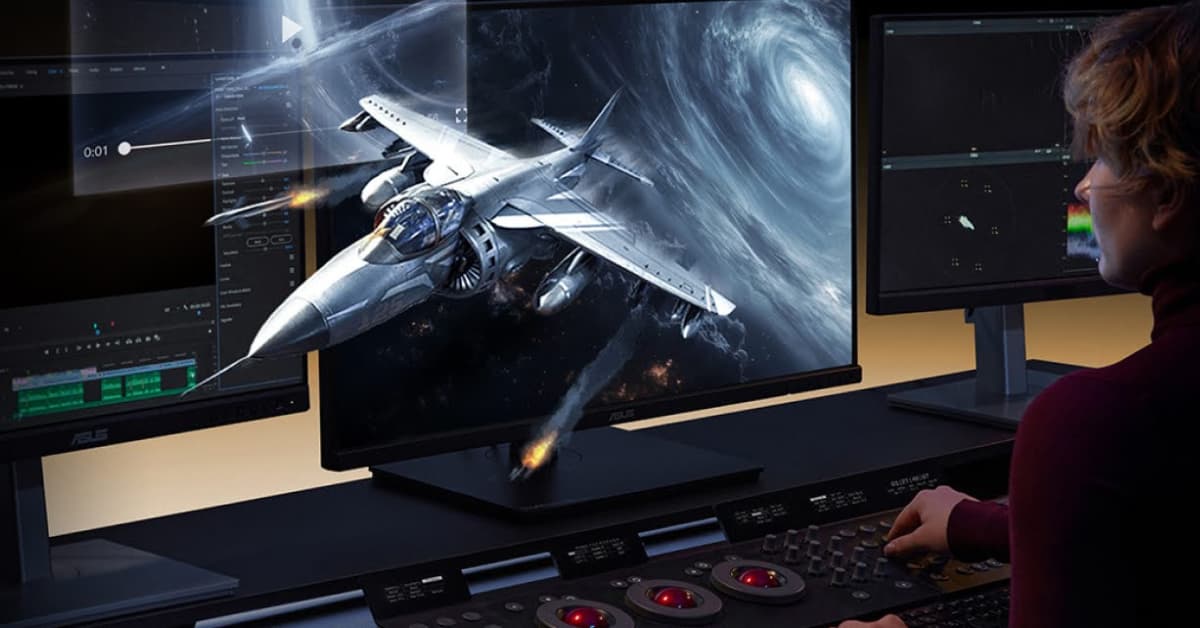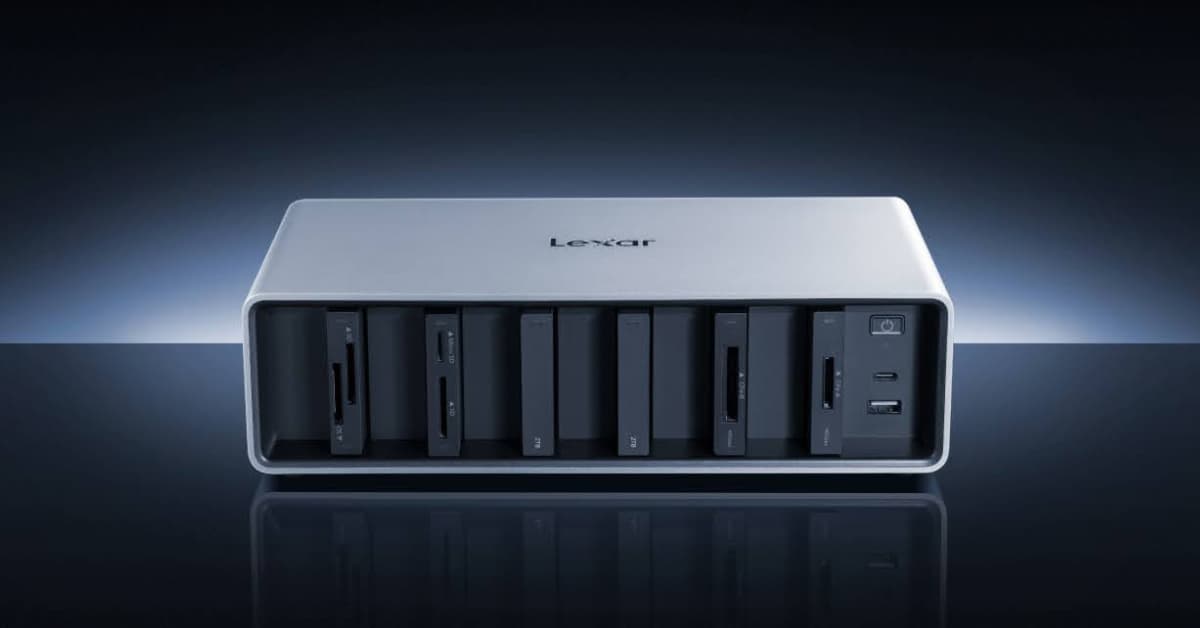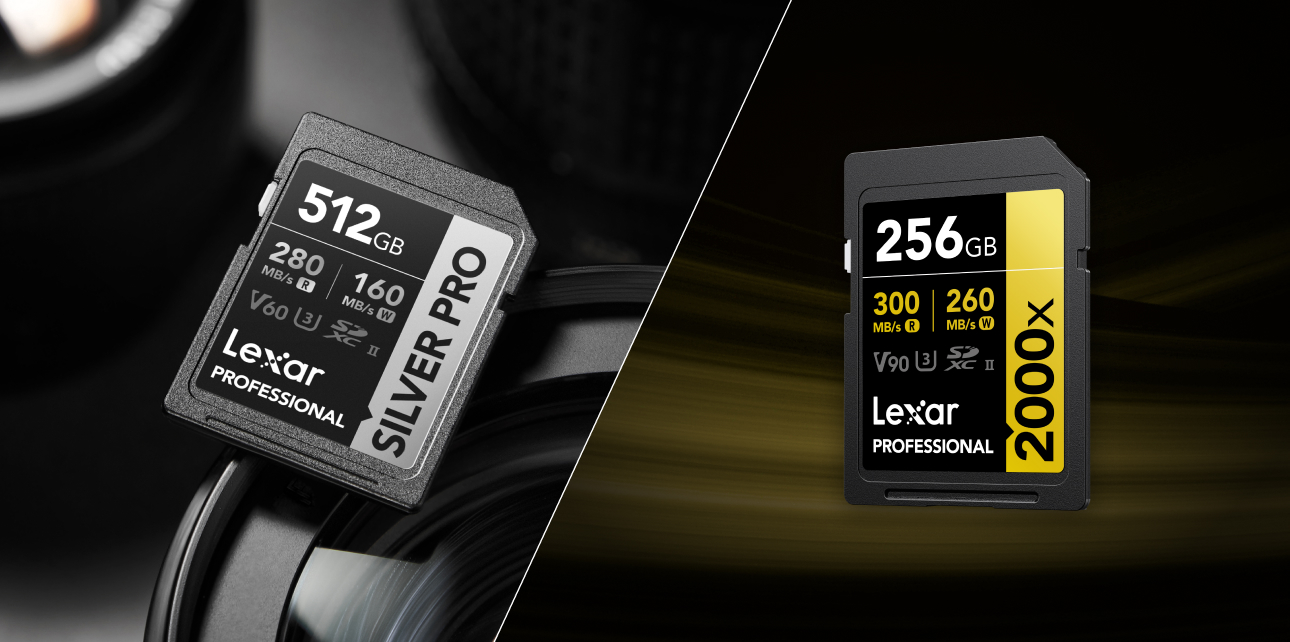
When every frame counts, the choice between V60 vs V90 SD cards can be crucial. These high-performance storage solutions are often discussed among professionals, but what really sets them apart?
Let’s cut through the jargon and explore the key differences between quality SD cards that could impact your next shoot.
Understanding SD Card Speed Classes
Before we delve into the specifics of V60 vs V90, it’s crucial to understand what these designations mean. The ‘V’ in V60 and V90 stands for ‘Video Speed Class’, a classification system introduced by the SD Association to help consumers identify cards suitable for video recording at various resolutions and frame rates.
The Speed Class Hierarchy
Here’s a quick overview of the Video Speed Classes:
- V6: Minimum write speed of 6MB/s
- V10: Minimum write speed of 10MB/s
- V30: Minimum write speed of 30MB/s
- V60: Minimum write speed of 60MB/s
- V90: Minimum write speed of 90MB/s
As we can see, V60 and V90 SD cards sit at the higher end of this spectrum, catering to professionals and enthusiasts who require high-performance storage solutions.
V60 vs. V90: Speed Comparison
The most obvious difference between V60 vs V90 cards lies in their guaranteed minimum write speeds.


V60 SD Cards
V60 SD cards guarantee a minimum sustained write speed of 60MB/s. This means that under any circumstances, the card will not write data slower than this rate. In practice, many V60 cards can achieve higher speeds, but 60MB/s is the baseline you can always count on.
V90 SD Cards
V90 SD cards, on the other hand, guarantee a minimum sustained write speed of 90MB/s. This 50% increase in minimum write speed can make a significant difference in certain high-demand scenarios.
Real-World Implications
While the difference between 60MB/s and 90MB/s might not seem huge on paper, it can have substantial real-world implications:
- Buffer Clearing: When shooting in burst mode, cameras with faster write speeds can clear their buffer more quickly, allowing for longer burst sequences.
- High Bitrate Video: For videographers shooting in high-bitrate codecs, the extra speed of V90 cards can prevent dropped frames and recording interruptions.
- 8K Video: While V60 cards can handle most 4K video scenarios, V90 cards are better suited for 8K video recording, which requires higher sustained write speeds.
- Data Transfer: Although the Video Speed Class primarily concerns write speeds, V90 cards often have higher read speeds as well, facilitating faster data transfer to your computer.
Capacity Considerations: V60 vs. V90
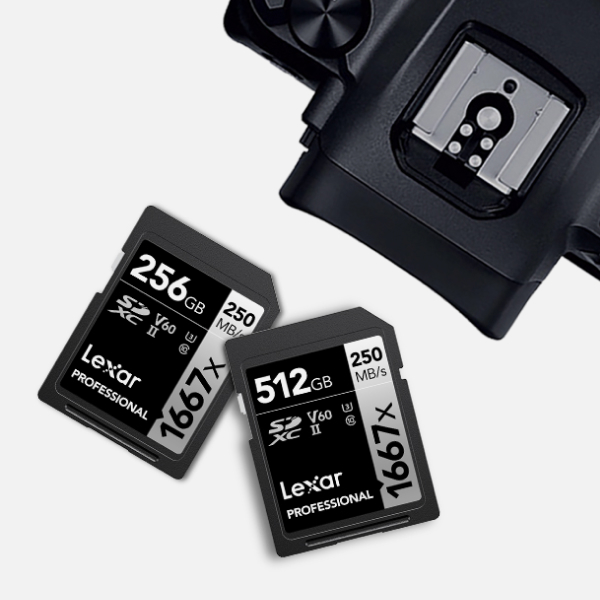
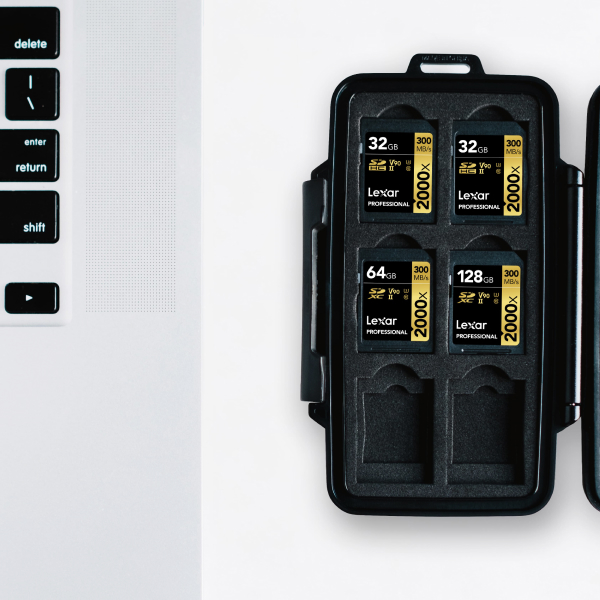
When it comes to storage capacity, both V60 and V90 cards are available in a range of sizes. However, there are some differences to note:
V60 SD Cards
V60 SD cards are commonly available in capacities ranging from 64GB to 512GB. Our Professional 1667x SDXC™ UHS-II Card SILVER Series, for example, offers V60-class performance in capacities up to 512GB.
V90 SD Cards
V90 SD cards, being at the cutting edge of SD card technology, often come in slightly lower maximum capacities. They typically range from 32GB to 256GB.
Impact on Workflow
The capacity difference can impact your workflow, especially for long shoots or when working with high-resolution formats:
- Extended Shoots: Higher capacity V60 cards might be preferable for extended shooting sessions where changing cards frequently isn’t practical.
- 8K Video: Despite V90’s speed advantage for 8K video, the potentially lower capacities mean you might need to switch cards more often during long recording sessions.
- Backup Strategies: Photographers who prefer to use multiple lower-capacity cards as a form of backup might find more options in the V90 range.
Use Cases: When to Choose V60 vs. V90
Understanding the ideal use cases for V60 vs V90 cards can help you make the right choice for your needs.
V60 SD Cards: Ideal Use Cases
- 4K Video Recording: V60 cards are well-suited for most 4K video recording scenarios, including 4K60p in common codecs.
- High-Resolution Photography: For most high-resolution still photography, including RAW capture and fast burst shooting, V60 cards offer ample performance.
- Drone Photography and Videography: Many drones, even those capable of 4K recording, work well with V60 cards.
- Budget-Conscious Professionals: V60 cards offer a great balance of performance and value, making them suitable for professionals who need reliability without the highest possible speeds.
V90 SD Cards: Ideal Use Cases
- 8K Video Recording: For cameras capable of 8K video, V90 cards provide the necessary write speeds to handle the enormous data rates.
- High Frame Rate 4K: When shooting 4K at very high frame rates (120fps or higher), V90 cards ensure smooth recording without dropped frames.
- Extreme Burst Photography: For cameras with very fast burst rates and high-resolution sensors, V90 cards can clear the buffer more quickly.
- High-Bitrate Codecs: When working with professional codecs that have very high bitrates, V90 cards provide the necessary speed to handle the data flow.
- Future-Proofing: If you’re investing in equipment for the long term and want to be ready for future high-performance cameras, V90 cards offer some future-proofing.
Performance in 5 Specific Scenarios: V60 vs. V90


Let’s break down how V60 vs V90 cards perform in specific professional scenarios:
- Wildlife Photography
In wildlife photography, burst speed and buffer clearing are crucial. While V60 cards are sufficient for many cameras, wildlife photographers using the latest high-speed cameras might benefit from V90 cards, especially when capturing fast action sequences.
- Wedding Videography
For wedding videographers shooting in 4K, V60 cards generally provide ample performance. However, if you’re using multiple cameras or shooting in high-bitrate codecs, the extra headroom provided by V90 cards can be beneficial, especially during critical moments that can’t be reshot.
- Sports Photography
Sports photographers who rely heavily on burst mode may see benefits from V90 cards, particularly when using cameras with very high frame rates. The faster buffer clearing can mean the difference between capturing or missing a crucial moment.
- Landscape Photography
For most landscape photography scenarios, V60 cards offer more than enough performance. The typically slower pace and lower burst rates in landscape photography mean the extra speed of V90 cards is often unnecessary.
- Commercial Videography
Commercial videographers working with high-end cameras and high-bitrate codecs may find V90 cards to be a worthwhile investment. The extra speed can provide peace of mind when working on high-stakes commercial projects where reliability is paramount.
Cost Considerations: V60 vs. V90
When comparing V60 vs. V90 SD cards, cost is an important factor to consider:
V60 SD Cards
V60 cards generally offer an excellent balance of performance and value. They provide speeds sufficient for most professional use cases at a more accessible price point.
V90 SD Cards
V90 cards, being at the cutting edge of SD card technology, typically come with a price premium. While they offer the highest performance, this comes at a higher cost per gigabyte of storage.
ROI Considerations
When deciding between V60 vs V90 cards, consider the return on investment:
- Equipment Compatibility: If your current equipment doesn’t require V90 speeds, the extra cost might not provide immediate benefits.
- Future-Proofing: V90 cards might be a worthwhile investment if you’re planning to upgrade to higher-performance equipment in the near future.
- Job Requirements: For professionals working in fields that demand the highest performance, the extra cost of V90 cards might be easily justified by improved workflow and reliability. The faster speeds of V90 cards mean less time downloading and transferring content, which can significantly streamline post-production processes and allow for quicker turnaround times on projects.
Making the Right Choice in the V60 vs. V90 SD Card Debate
When it comes to choosing between V60 vs V90 SD cards, there’s no one-size-fits-all answer. Your decision should be based on your specific needs, equipment, and budget.

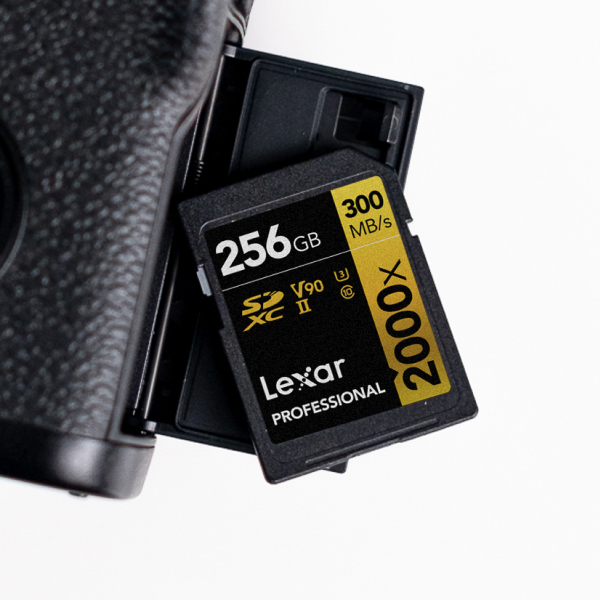
V60 SD cards, like our Professional 1667x SDXC UHS-II Card Silver Series, offer excellent performance that’s sufficient for most professional use cases. They handle 4K video with ease, support fast burst shooting, and offer great value for money.
V90 SD cards push the boundaries of SD card performance, offering the highest write speeds available. They’re ideal for 8K video, extremely high frame rate shooting, and professionals working with the most demanding cameras and codecs.
Ultimately, both V60 and V90 cards are professional-grade options that will serve you well. By understanding the differences and aligning them with your specific needs, you can make an informed decision that will support your creative endeavors and professional requirements.
Remember, whichever class you choose, opt for cards from reputable manufacturers that offer reliability and support. Your SD card is a crucial link in your creative chain – choose wisely, and it will serve you well in capturing and preserving your vision.



